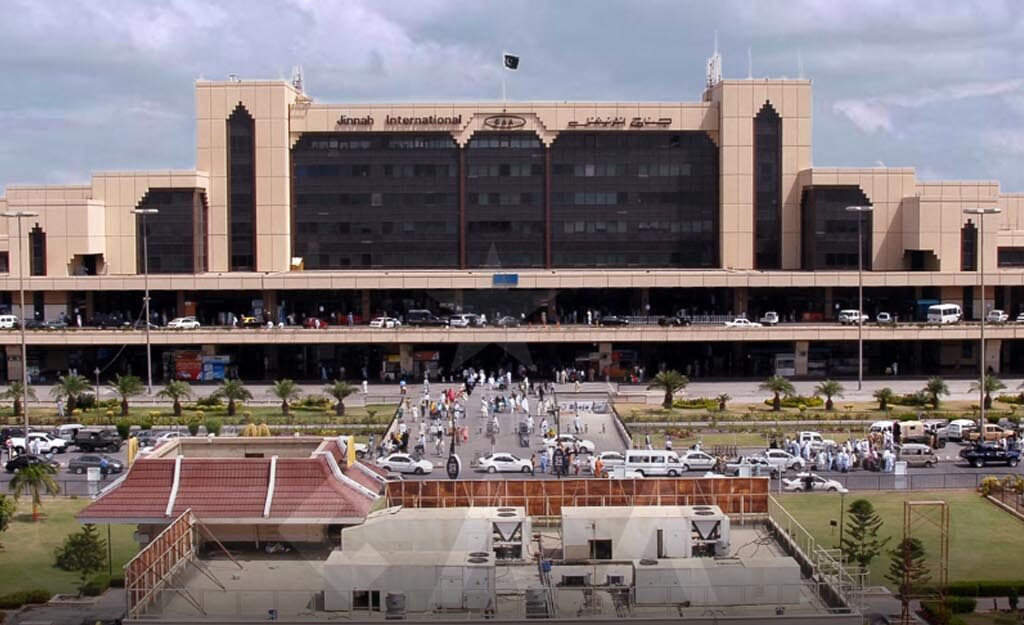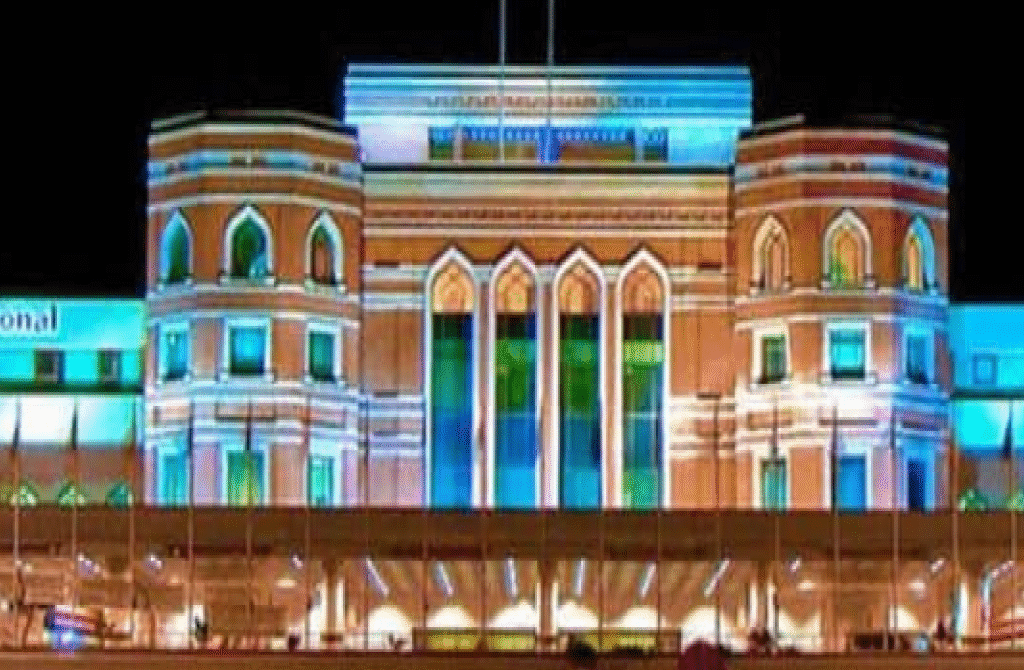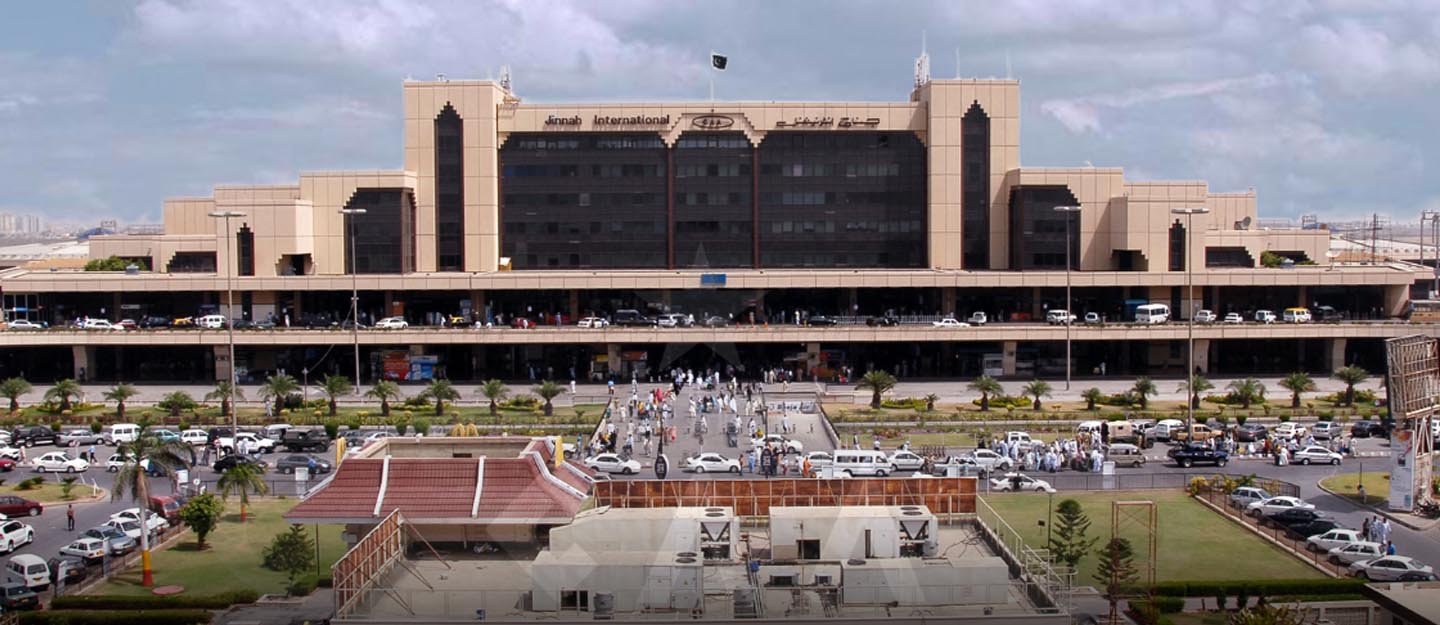Pakistani Airports
Introduction: Gateways to Connectivity and Tourism
Airports are the lifeline of a country’s connectivity with the world. In Pakistan, airports not only serve as transportation hubs but also represent the country’s culture, hospitality, and economic aspirations. From bustling international airports in major cities to regional airstrips connecting remote areas, Pakistani airports play a vital role in tourism, trade, and business development.
For travelers exploring Pakistan, understanding the airport network is essential. Whether you are landing in Islamabad, Karachi, Lahore, or planning a trip to northern valleys, Pakistan PTPC provides reliable travel information, guides, and resources to help you navigate your journey seamlessly.
The Role of Airports in Pakistan
Airports in Pakistan are managed primarily by the Pakistan Civil Aviation Authority (CAA). They handle both domestic and international flights, catering to millions of passengers each year. These airports are more than just travel points; they are symbols of modernization and progress, reflecting Pakistan’s growing importance in global aviation.
- Economic Growth: Airports boost trade and tourism, bringing foreign investment and job opportunities.
- Tourism Development: With Pakistan’s rise as a popular travel destination, airports are gateways to breathtaking landscapes and heritage sites.
- Cultural Representation: The architecture and services at airports showcase Pakistani hospitality and traditions.


The Importance of Northern Airports for Tourism
Pakistan’s northern regions are world-famous for their natural beauty, including mountains like K2, lush valleys, and alpine lakes. Airports in Gilgit, Skardu, and Chitral make it possible for tourists to reach these destinations quickly, avoiding long road journeys.
The development of northern airports supports Pakistan’s tourism industry, encouraging local and international travelers to explore hidden gems. For updated travel information and tourism guidance, visit Pakistan PTPC, your reliable partner in exploring Pakistan.
Major International Airports in Pakistan
Jinnah International Airport, Karachi
Located in the bustling metropolis of Karachi, Jinnah International Airport is the largest and busiest in Pakistan. Serving as the primary hub for Pakistan International Airlines (PIA) and many foreign carriers, it connects Pakistan with destinations across Asia, the Middle East, Europe, and North America.
Facilities include modern lounges, duty-free shops, and business centers, making it a convenient entry point for international travelers.
Allama Iqbal International Airport, Lahore
Named after the national poet-philosopher Dr. Allama Muhammad Iqbal, this airport is Pakistan’s second-busiest. It is a gateway to Punjab’s cultural heart, Lahore. With expanded terminals and modern facilities, it serves millions of passengers annually.
Lahore’s airport plays a vital role for overseas Pakistanis, particularly those living in Europe, the Middle East, and North America.
Islamabad International Airport
Opened in 2018, Islamabad International Airport is one of the most advanced in South Asia. Built with state-of-the-art infrastructure, it can handle 25 million passengers annually. Its modern architecture, advanced baggage systems, and eco-friendly design make it a model for future airports in the region.
As the capital’s airport, it connects Pakistan with major world cities and facilitates government, business, and diplomatic travel.
Bacha Khan International Airport, Peshawar
Serving the Khyber Pakhtunkhwa province, this airport is a crucial hub for expatriates, especially those working in the Gulf region. Its upgraded facilities handle a significant volume of international flights, making it an important point of connectivity.
Regional Airports in Pakistan
Multan International Airport
Catering to Southern Punjab, Multan Airport has recently been upgraded to international status. It serves domestic travelers and expatriates from the Gulf countries, with growing passenger traffic every year.
Quetta International Airport
Strategically located in Balochistan, Quetta Airport serves as a vital link for both domestic and international travel. Its proximity to Afghanistan and Iran highlights its importance in regional connectivity.
Skardu and Gilgit Airports
Located in Gilgit-Baltistan, these airports are gateways to Pakistan’s northern valleys, including Hunza, Skardu, and Fairy Meadows. Skardu Airport has recently been upgraded to handle international flights, making tourism in the northern areas more accessible.

Modernization and Challenges of Pakistani Airports
Modernization Efforts
The government and the Civil Aviation Authority are investing heavily in airport infrastructure. Islamabad International Airport reflects Pakistan’s modernization goals, while expansions at Karachi, Lahore, and Multan are enhancing travel experiences.
Digital check-in systems, upgraded lounges, and improved baggage handling services have been introduced to compete with global standards.
Challenges Faced
Despite progress, Pakistani airports face challenges such as outdated facilities at some regional airports, flight delays, and limited connectivity in remote areas. Addressing these issues is key to boosting Pakistan’s aviation industry.
Airports and Pakistan’s Tourism Industry
With tourism on the rise, airports act as the first impression for international visitors. Efficient services, cultural displays, and modern infrastructure make travelers feel welcomed.
Airports near northern areas are particularly vital for adventure tourism, attracting mountaineers, trekkers, and cultural explorers. For comprehensive tourism insights and guidance, Pakistan PTPC offers authentic and updated resources.
Airports as Symbols of National Identity
Pakistani airports are more than transit hubs; they are cultural symbols:
- Karachi: The country’s financial heartbeat.
- Lahore: A gateway to cultural heritage.
- Islamabad: The face of modern Pakistan.
- Skardu and Gilgit: Icons of tourism and natural beauty.
These airports reflect Pakistan’s diversity, from modern capitals to historical cities and mountainous landscapes.
